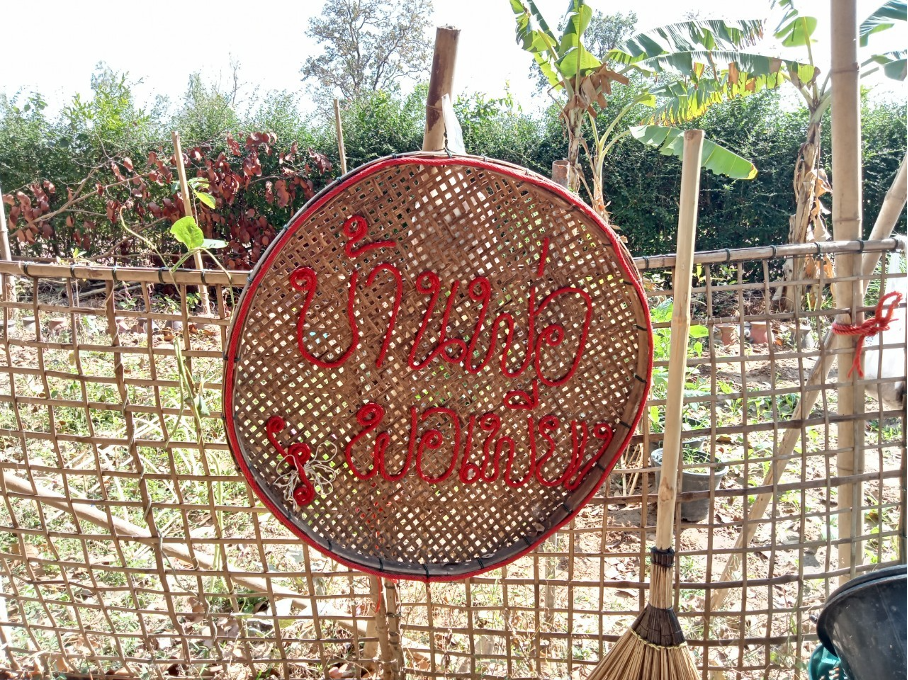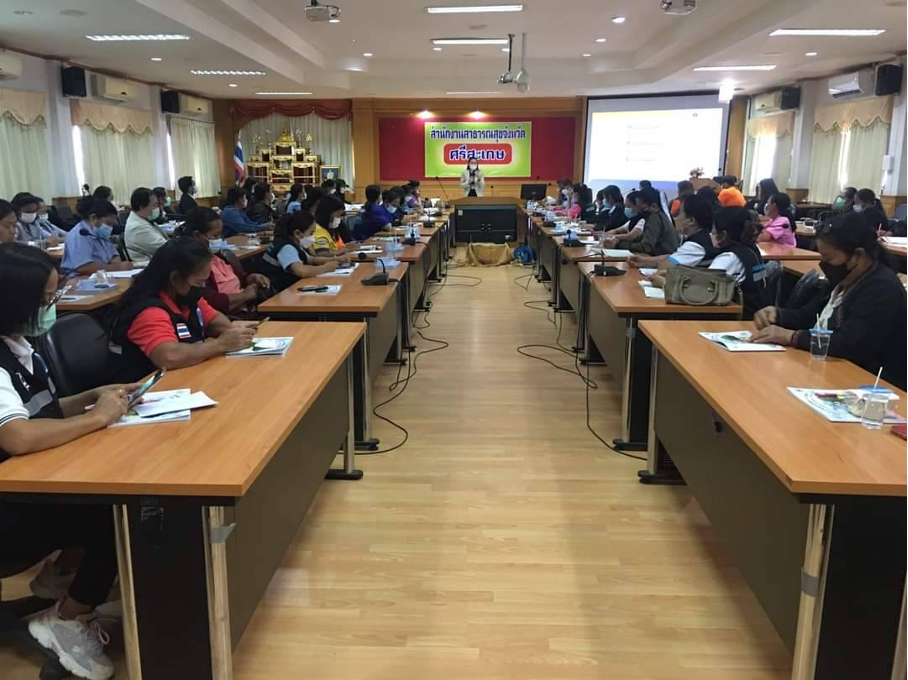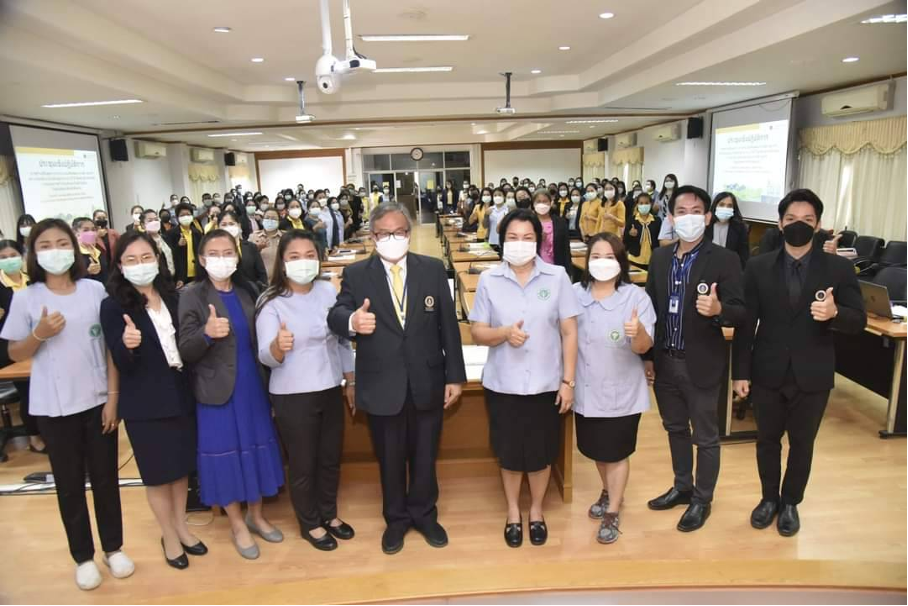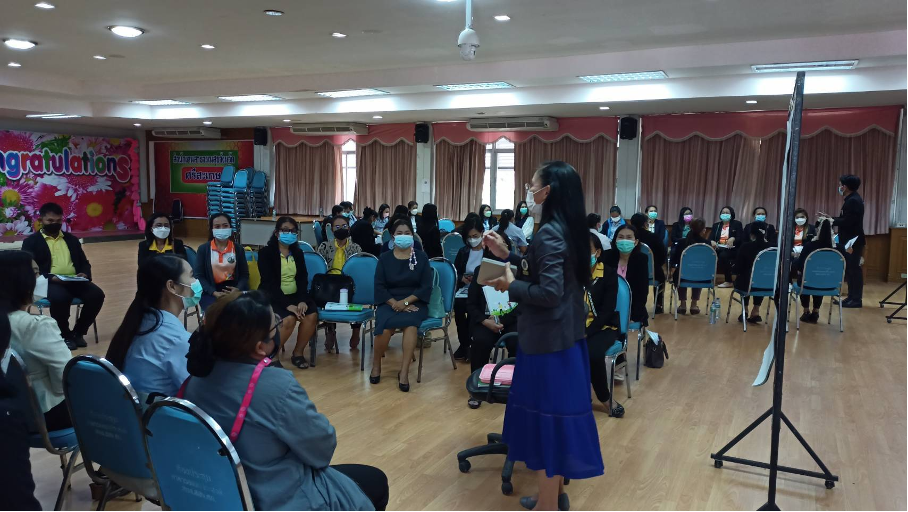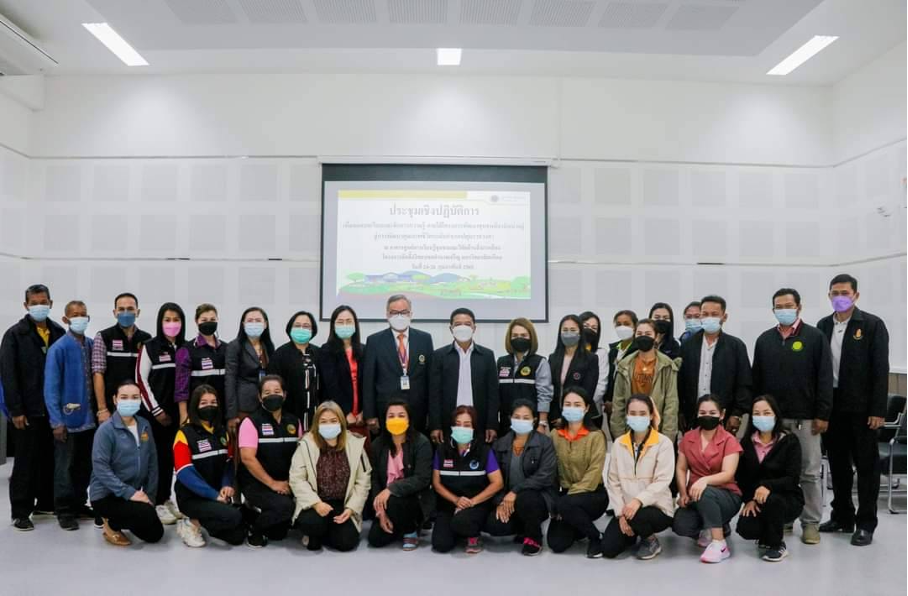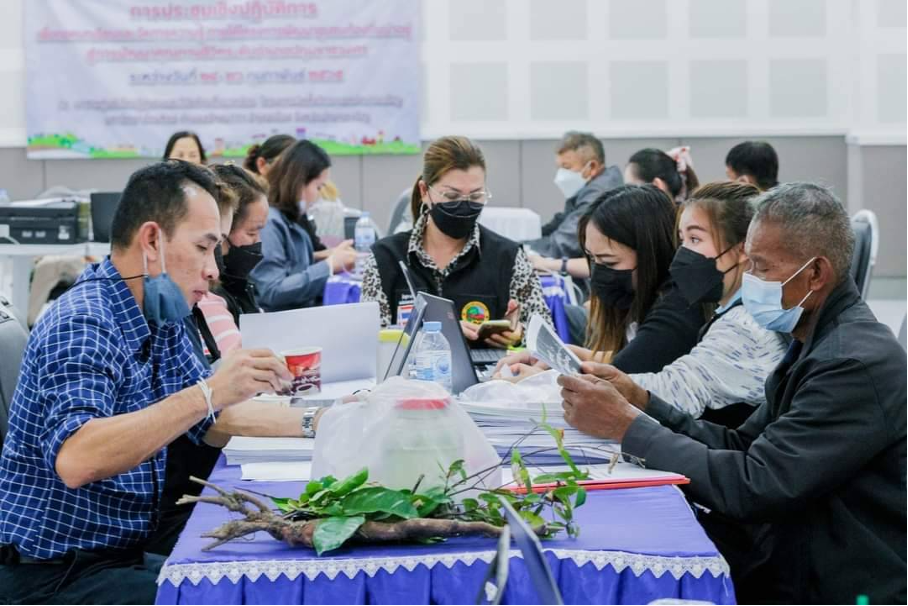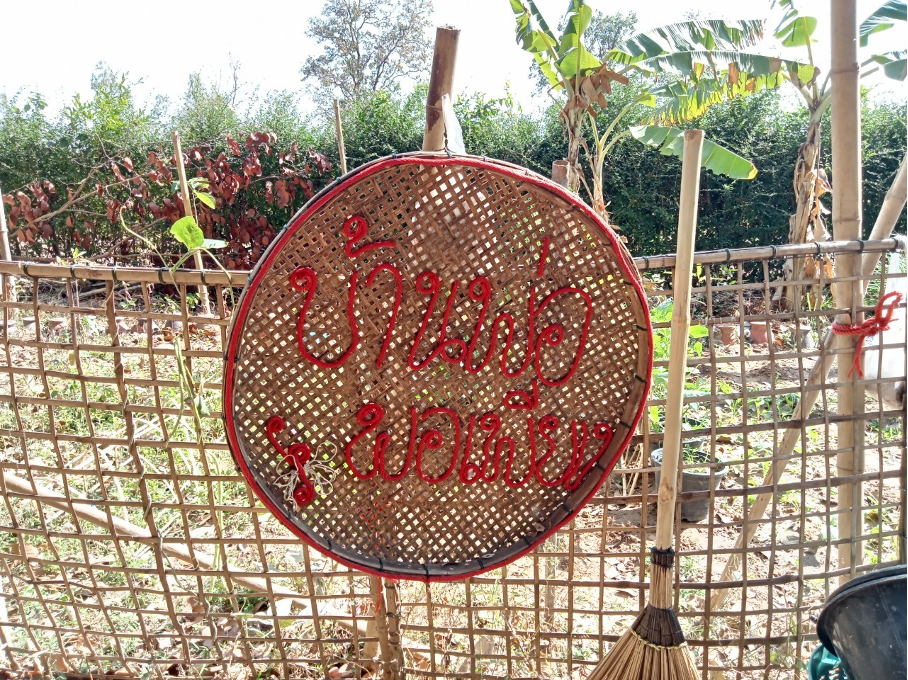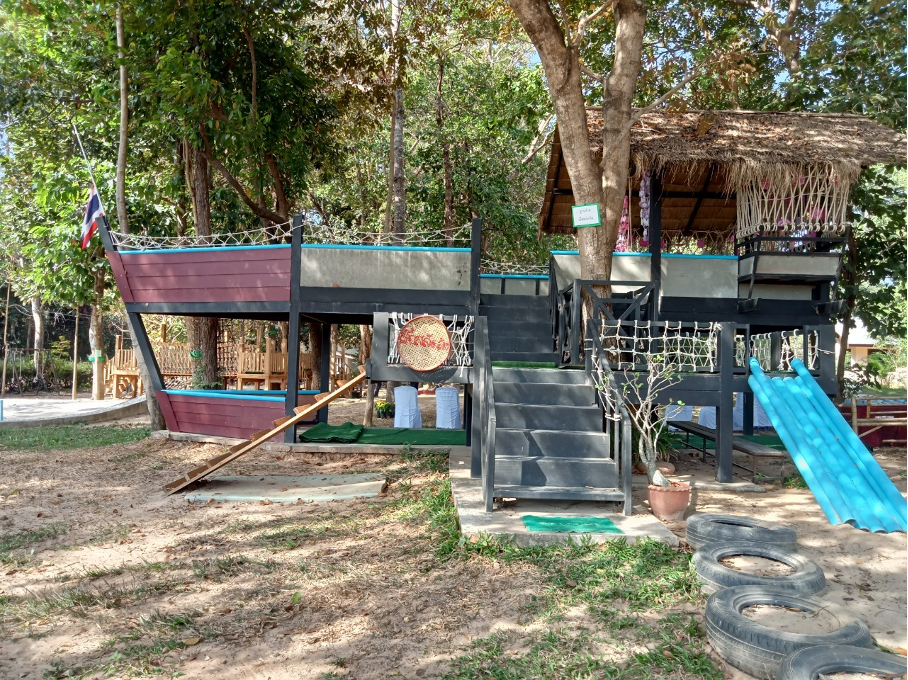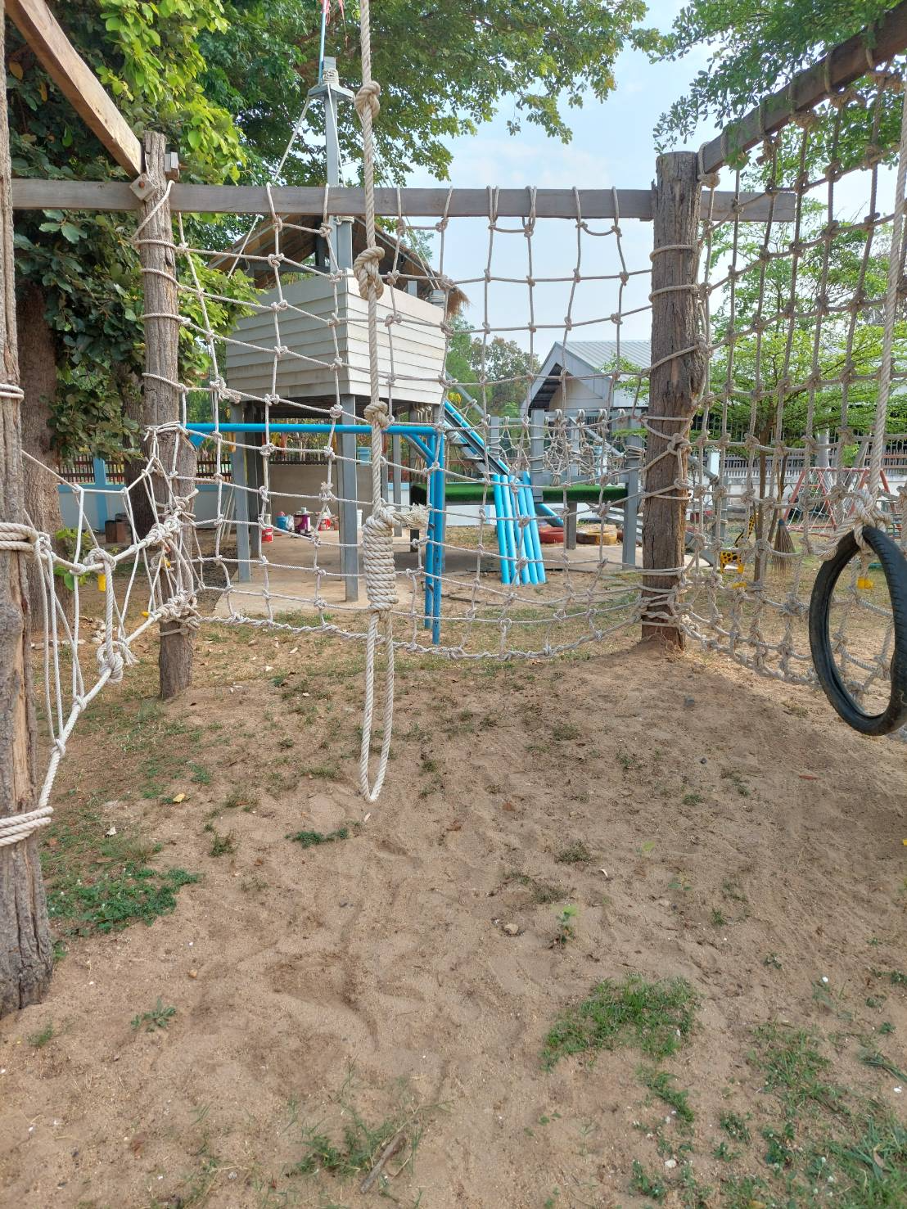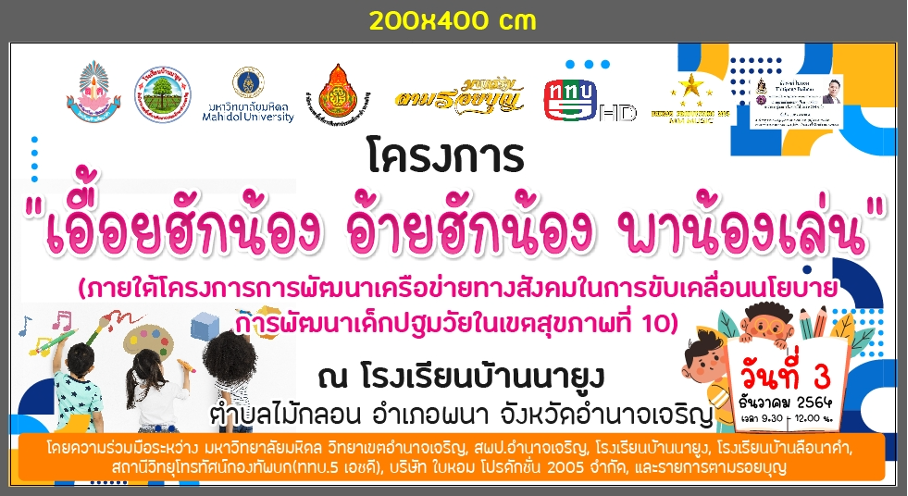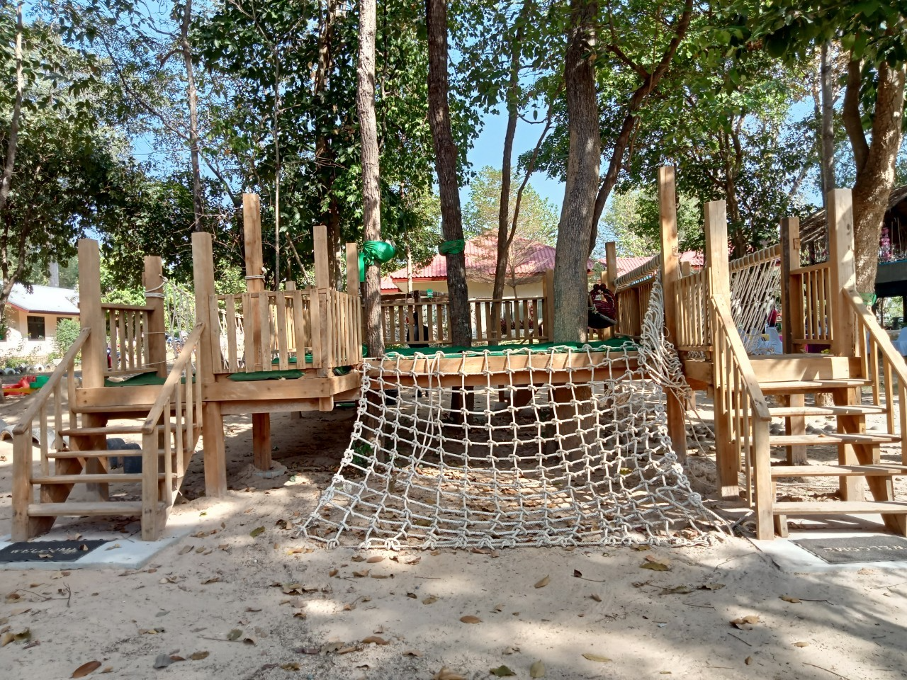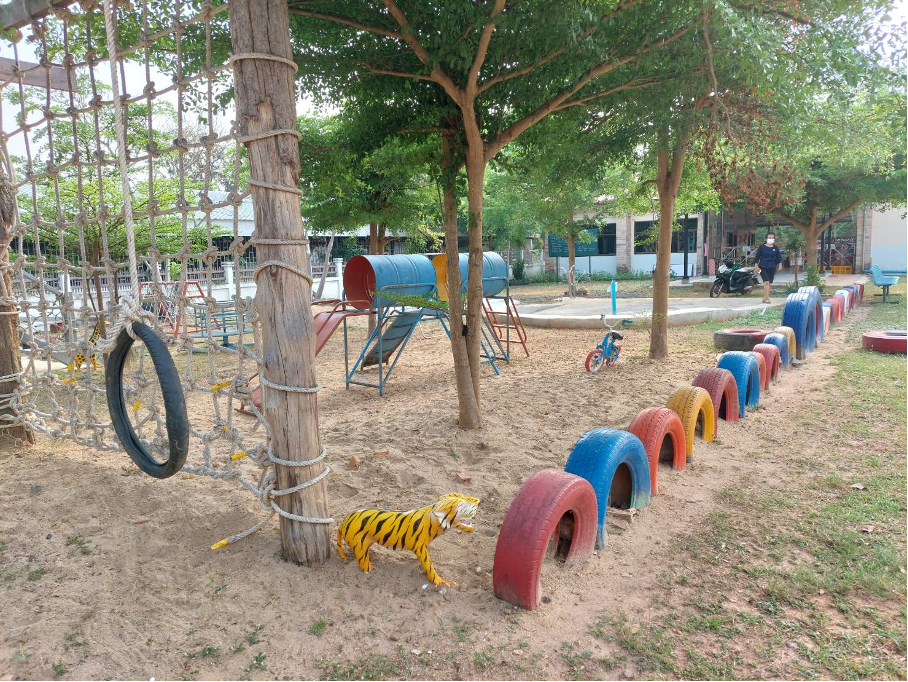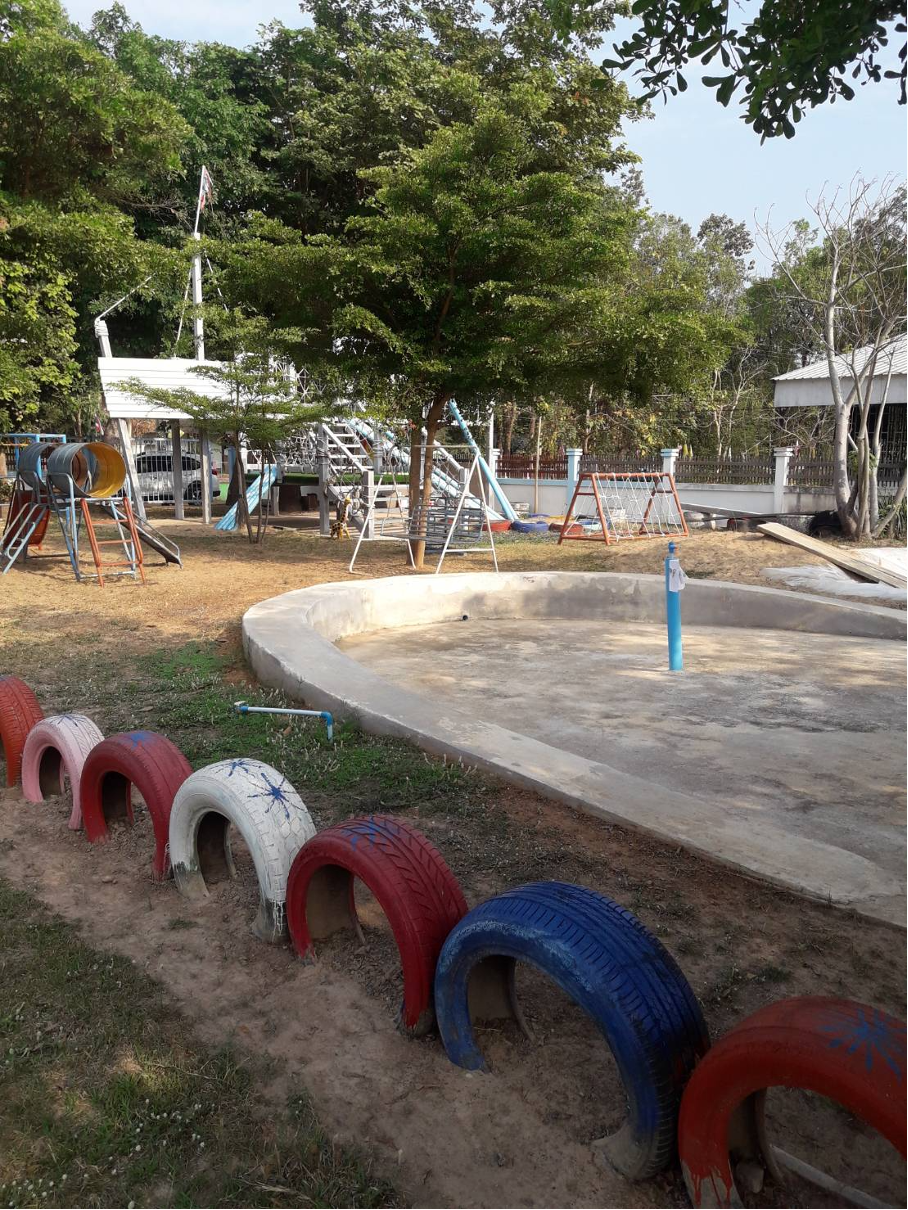Early childhood children should be developed systematically with the participation of the local community to achieve continuous and sustainable development.
The Social Network Development for Driving Policy of Early Childhood Development in the 10TH Health Region
The project implementation originated from 3 reasons: 1) Based on preliminary screening, the overall picture showed pre-school children (27.27%) in the health area 10 had suspected delayed development (the criterion: the number should not exceed more than 20%, HDC as of January 31, 2020); 2) Children in the health area 10 were found to have IQs below the threshold. According to the survey data on the intelligence level among Thai students by the Department of Mental Health, Ministry of Public Health (2016), it was found that schoolchildren in health area 10 had intelligence level (IQ) of 90.88, the lowest number in the country; and 3) Driving policy on the early childhood development under “the Smart Kids policy” in the first 1,000 days of life in the health area 10 using the PIRAB model was not as successful as it should have been (Naphatchon Rodthiang, Malulee Saenjai, Nittaya Pannaphop and Ruangurai Amornchai, 2019)
The operation process was divided into 3 phases consisted of:
Phase 1: Lessons Learned from the past operations of early childhood development in the health area 10
Phase 2: Development of the model sub-districts and model district on the early childhood development network of the health area 10
Phase 3: Expansion of the model sub-districts and model district on the early childhood development and policy presentation and recommendation to drive the policy in the health area 10 at sub-districts, district, and provincial levels.
Benefits and results
Phase 1: The results obtained from lessons learned from 5 strong districts and 5 provinces in the health area10 (fiscal year 2021) showed the following results:
1) According to the local data obtained from the operation, it showed that social network is one of key driving forces for the early childhood development policy. The policy development could be done through strengthening community and collaboration of social networks. There were 2 approaches including: An approach 1, use the network of District Health Coordinating Committee (DHCC) as a main network to drive the work of early childhood development.
An approach 2, use the network of the quality of life development committee at district level and sub-districts levels as a main network to drive the work of early childhood development.
2) The data reflected the situation of early childhood development in strong districts. Even though, these districts was defined as strong districts, delayed development of early childhood was still found at high degree level. There were other related problems found in the districts including iron deficiency anemia among children, family problems, increasing in numbers of teenage pregnancy, and lack knowledge and health information; for instance, parents/caregivers and teachers more than 95% never used the DSPM handbook; many pregnant women received less than 5 prenatal care sessions considering less than set quality criteria; there were high numbers of pregnant women with anemia; high rate of newborns weighing less than 2,500 grams; and high numbers of infants that were exclusively breastfed for less than six months. Moreover, severe problem of children being addicted to mobile phone and tablet tended to increase exponentially in the health area 10.
3) The data also reflected the problems of delayed development in early childhood which was found among older children more than younger ones. In term of investment on child development at kindergarten level, it was found to be deficient compared to pre-kindergarten; and parents refused to accept the results of their children from childhood development assessment.
4) The data reflected that local early childhood database system had high level of discrepancy and did not cover overall information that could be useful for child development.
5) Data obtained from reviews of documents and interview the experts could be used as guidelines for network development for the early childhood development in the health area 10 using the conceptual framework of early childhood care system development by local communities (Kanittha Nantabutra, 2019).
Phase 2: Development of model sub-districts and a model district in the early childhood development networks for a fiscal year 2021-2022 based on the conceptual framework of early childhood care system development by local communities which adheres to 4 working principles: 1) Using area-based development, 2) Health in all policies for local communities, 3) Encouraging engagement among people in the community, and 4) Initiating a sense of belonging under 6 main activities, namely a) Potential development for early childhood children or for those involved in early childhood care, b) Developing or improving a conducive environment to learning on early childhood care, c) Development of services for early childhood care, d) Establishing a fund or providing welfare assistance for early childhood care, e) Development and use of information in promoting solving and managing early childhood problems; and f) The development of rules and regulations that support early childhood care in enhancing the care in all dimensions including social, economic, environmental, health and politics so that these children grow up with quality and become good citizens of society.
The outcomes from the lesson learned helped to gain model districts for the early childhood development network, namely, Pathumratchawongsa District, Amnat Charoen Province (7 model sub-districts). There are lessons learned from the operation, innovation and knowledge management, which are found outstanding in the areas, details as follows:
1) Na Pa Sang sub-district municipality, the highlight activity is Nursery Home Suk
2) Huai sub-district municipality, outstanding work is a good quality child development center
3) Nong Kha sub-district municipality, outstanding work is to develop the good quality of 3-year-old children at Phu Thai Nong Kha nursery.
4) Local Administrative Organization, Lue sub-district, outstanding work is to promote community participation on early childhood development.
5) Pathum Ratchawongsa sub-district municipality, the outstanding work is a child health promotion clinic.
6) The network of the quality of life development committee at district level at Nawa sub-district, the outstanding work is Ban Non Samran Temple Quality Child Development Center.
7) The network of the quality of life development committee at district level at Khamphon sub-district, the outstanding work is to promote development and create positive discipline in early childhood children in the responsible area of Khamphon Health Promoting Hospital.
8) The network of the quality of life development committee at district level at Non Ngam sub-district, the outstanding work is the Child Development Center at Non Ngam Na Yu Temple, Ban Non Ngam Moo 3
Phase 3: Expansion of the model sub-districts and model district in the early childhood development and policy presentation and recommendation to drive the policy in the health area 10 (Fiscal year 2022-2013), results are as follows.
1) There was a gain on another model sub-district for the early childhood development network in Amnat Charoen Province, namely Mai Klon sub-district, Phana district. This model sub-district stands out on being creative and innovative. It has a creative space for children which is an innovative for children's development called “Auui Hug Nong, Ai Hug Nong, Pa Nong Len, meaning Love from Sisters and Brothers, Let’s learn and play together”. The integrated center for child development comes from the collaboration of children, youth, family members, local temple, school, community and university.
2) There was also a gain on model province for the early childhood development network which was a Sisaket Province. Sisaket Province has District Health Coordinating Committee (DHCC) which plays as the main mechanism in local development. Mechanisms for coordination have been developed at 3 levels: sub-district level (44 model sub-districts), district level (22 model districts), and provincial level. There is an integration of people, jobs, information and resources which enables people in the community to understand each other’s roles and responsibility and to build support networks around them. This project was established at Amnat Charoen Campus, Mahidol University. The university provided academic support on knowledge and played as a driving force for Sisaket Province to become a model province for the early childhood development network.
3) Recommendations for early childhood development were submitted to relevant agencies at Sub-district levels (10 items), District level (6 items), Provincial level (5 items) and Health Area 10 (7 items).
Target group and area that are gain benefits
Health region 10 consists of 5 provinces, namely Amnat Charoen, Ubon Ratchathani, Yasothon, Mukdahan and Sisaket.
Impact
1) The results showed that the model sub-district for early childhood development network was established in 52 sub-districts (Amnat Charoen province 8 sub-districts, Sisaket Province 44 sub-districts), 24 model districts (Amnat Charoen Province 2 districts, Sisaket Province 22 districts) and 1 model province which was Sisaket Province.
2) The results of screening in the health area 10 showed the decrease in early childhood delayed development. Before the project started, it was 27.27 percent (HDC as of January 31, 2020), after the project, it was found 25.12 percent (HDC as of June 17, 2022), a decrease of 2.15 percent.
Continuity and duration of the operation
Project implementation period, fiscal year 2020-2022. After the project ends, relevant agencies are still working continuously on the early childhood development in the areas as shown in the follows:
1) Sisaket Province is a leader in driving the policy on early childhood development among the work of 5 provinces in the health area 10. The province received development fund from the provincial budget in the amount of 8,000,000 baht for the early childhood development work of 5 provinces with the aim for these children to have appropriate childhood development, good emotional quotient (EQ), and be ready for the national intelligence (IQ) screening in the year of 2026, and prepare for entering first grade primary school in health area 10 with IQ beyond 100 in every province.
2) The project operator from Amnat Charoen Campus, Mahidol University organizes a project to develop a child care center into a Child Development Center EF and provides training development for personnel to work as a specialized speaker to pass on knowledge regarding child development to promote children brain skills and IQ/EQ development at Demonstration Center health area 10, Ubon Ratchathani. The existing demonstration centers will also be developed and turn into a model EF Child Development Center of the Health area 10. As for the area of Non Nam Thaeng sub-district, 5 small childcare centers will be developed into Child Development Centers EF which is funded by the Non Nam Thaeng sub-district Local Administrative Organization in the amount of 10,000 Baht. The project will be started operating in June 2023 and continue onwards. In addition, there is an integration of daycare center for the elderly in Non Nam Thaeng sub-district. This can be used as a Learning Base 2: for grandparents raising grandchildren and integrated home visit program for caring vulnerable groups. This is funded from the Amnat Charoen Provincial Administrative Organization in the amount of 100,000 baht, starting operations in June 2023 onwards.
1) National Institute for Child and Family Development, Mahidol University
2) Sappasitthiprasong Hospital, Ubon Ratchathani
3) Health Center 10 Ubon Ratchathani
4) Boromarajonani College of Nursing Sunpasitthiprasong
5) Amnat Charoen Provincial Health Office
6) Ubon Ratchathani Provincial Health Office
7) Yasothon Provincial Health Office
8) Mukdahan Provincial Health Office
9) Sisaket Provincial Health Office
10) Amnat Charoen Primary Educatiopnal Service Area Office
11) Nayoong School, Maiklan Sub-district, Phrana District, Amnat Charoen Province
12) Leu Nakum School, Maiklan Sub-district, Phrana District, Amnat Charoen Province
13) Royal Thai Army Radio and Television (TV5 HD), Bai Hom Production 2005 Co., Ltd. And Tam Roy Boon Program




